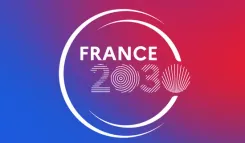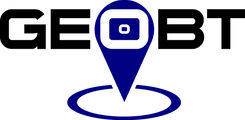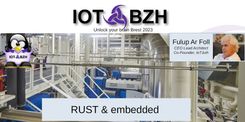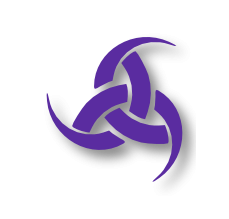Cybersecurity & Open Source Software
We help you solve the growing complexity of your IoT Linux-based projects
Our redpesk® linux platform
The all-in-one solution that makes IoT simple
- Easy-to-use
- Cybersecurity
- +10 years Long Term Support
- Flexibility & Scalability
- Modularity
- Cost & time-to-market
Introducing redpesk®
redpesk® is the result of more than 10 years of work initiated at the time of the open source OS Tizen project developed at Intel Vannes (Brittany, France) for Samsung connected TVs and continued with another open source project : Automotive Grade Linux OS from the Linux Foundation.
Our experts have brought together the best of Linux technology coming from both IT and IoT worlds to enable you to easily build and maintain modern & secure connected systems.
- a pre-integrated ready-to-go software factory to develop and maintain your system over the long term in optimal operational and cybersecurity conditions
- with the factory, we offer a set of modern built-in core services you can cherry-pick to design your own OS
redpesk®
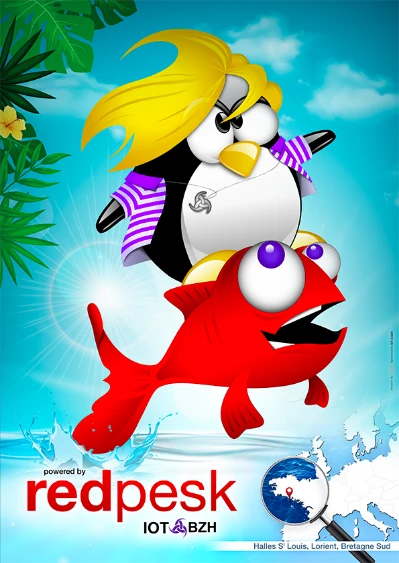
Cybersecurity & microservices architecture
End-to-end & auditable
From sensors to the Cloud, transparent to applications
Loosely coupled services
HW / SW & Cloud independence
LSM-based
Smack or SELinux
Identity & external authentication
A secure gate handling access to target services
Isolation
Ultralight-weight container called redpak
Learn more
Some partners
Latest news
Release of redpesk® Batz 2.0
Lorient, France – December 18 2023 – IoT.bzh, is announcing the ...
IoT.bzh lauréat de France2030!
IoT.bzh lauréat de France2030! Merci à Baptiste Rolland sous-préfet de Lorient, pour sa visite ...
The GEOBT project - Geolocation of medical equipment to improve efficiency and safety in hospitals
...
RUST & embedded
Rust is a very hype programming language that provides good practices to reduce potential attacks ...


